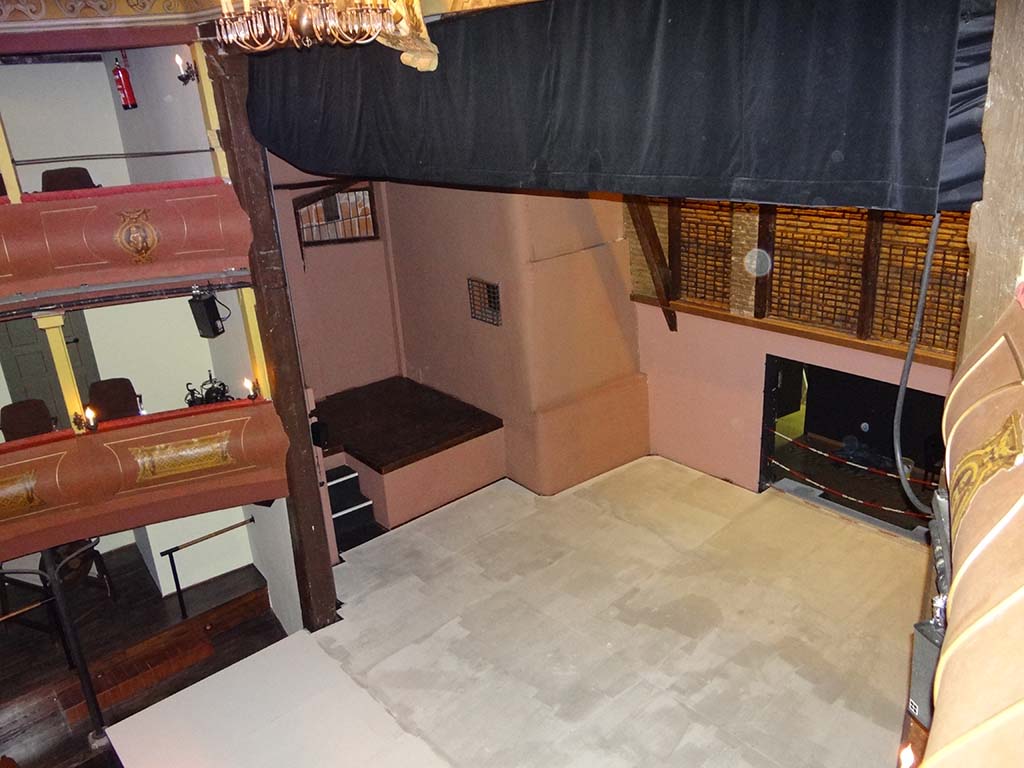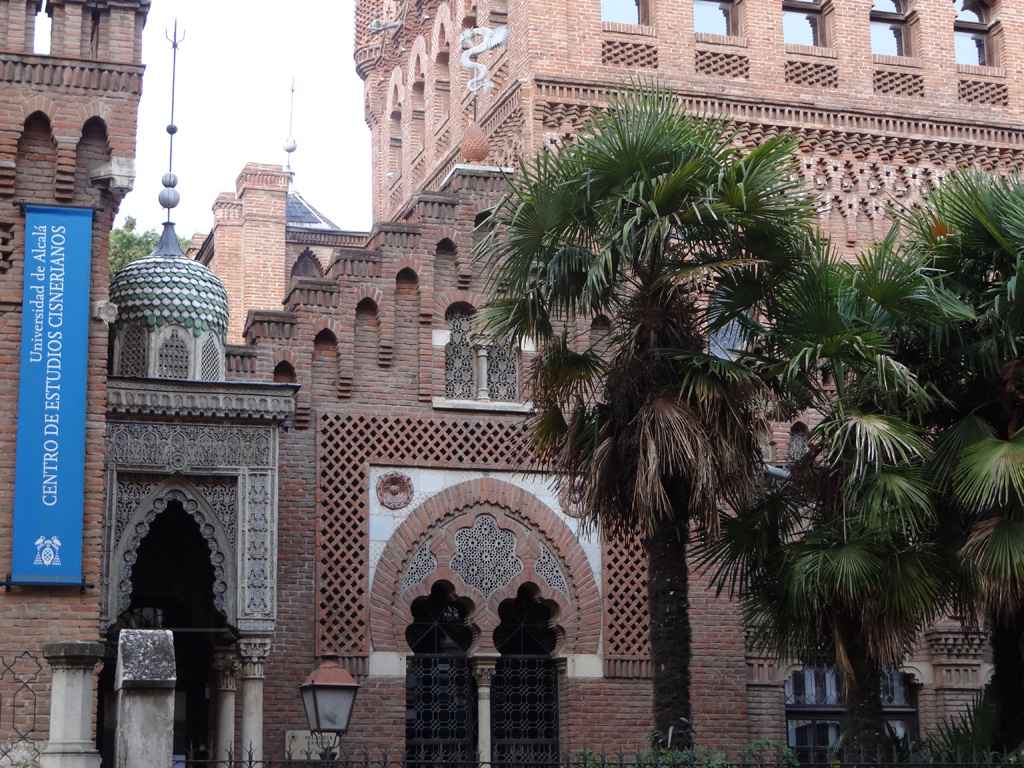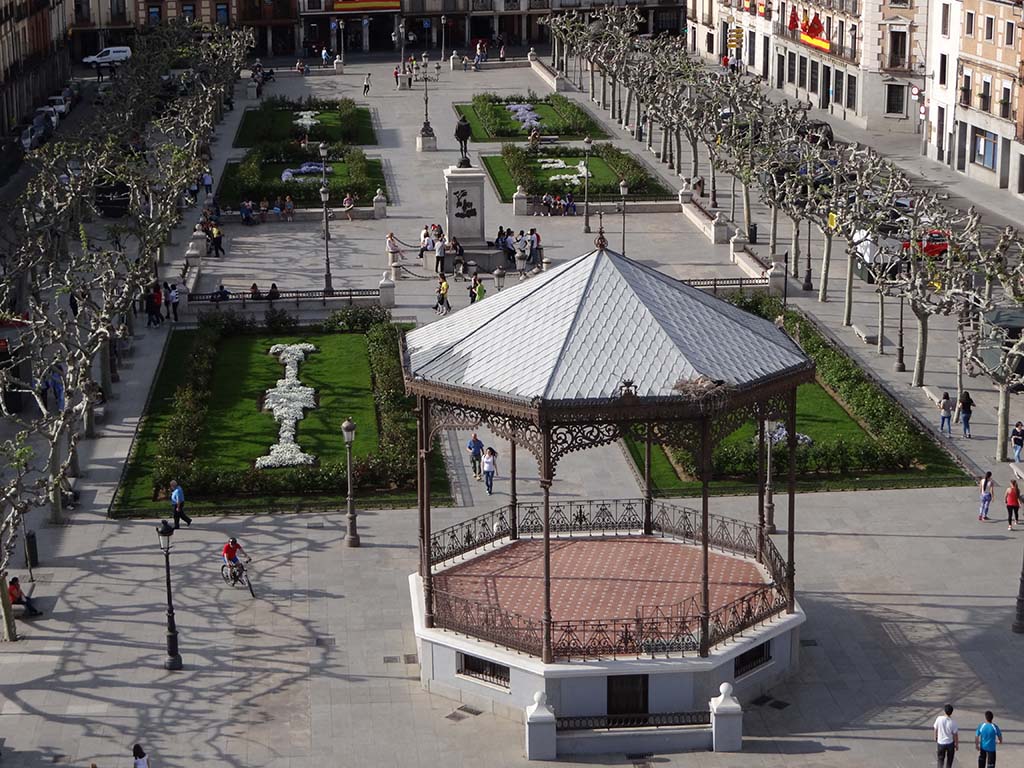Alcalá de Henares is full of unique places of incomparable beauty, where sightseeing at any time of year is a pleasure.
Discover 10 curiosities about the city of Miguel de Cervantes and Cardinal Cisneros:

1
Condueños Society of Alcalá de Henares was the first private non-profit-making association created in Europe, on purpose, for preserving the historical heritage of the city. Thanks to
Condueños Society, founded in 1851, that today we can enjoy the square where the university—the very same
university built up by Cardinal Cisneros at the beginning of sixteenth century—and all surrounding buildings are found, instead of being abandoned and threaten to collapse. Read more about
Círculo de Contribuyentes and Condueños Society.

2
The incorrupt (mummified) remains of
San Diego―after who the city of California state, in United States, was as well named―have been preserved in an urn for more than 400 years inside the
Magisterial Cathedral, where every 13th of November they are showed to devoted population. Read more about
San Diego of Alcalá.

3
The centerpiece of the
Chapel of San Ildefonso, to the right of the plateresca facade of the
University of Alcalá de Henares, is undoubtedly the magnificent tomb of
Cardinal Cisneros. However it is empty, so the story says, as remains of Cineros Cardinal were removed and kept under a simple tomb inside
Magisterial Cathedral. Read more about
San Ildefonso Chapel.

4
During postwar, when the powder keg of El Zulema in 1947 broke out,
Teatro Salón Cervantes was allocated to help wounded people, as it counted on an electric generator, the only of Alcalá, apart from that of the City Council.Read more about
Teatro Salón Cervantes.

5
Alcalá’s Ring-Shaped Pastries are one of the most typical and famous confectioneries of the Complutensian city, right after
Costrada and
Almonds of Alcala made by the Clarisas of San Diego.
As a curiosity, into Madrid’s village and court—where Alcalá’s ring-shaped pastries are famous—, there was a saying among many bakers that claims that ring-shaped denomination “of Alcalá”. Pastries are difficult to elaborate, so they are said to be the “smarts” ones, as well as people called smart Aleck, or know-all, are said to be “from Alcalá”—a popular topic that began with the city being the core of one of the most important Spanish universities. Read more about Alcalá’s Ring-Shaped Pastries.

6
The
Corral de Comedias of Alcalá de Henares dates back from 1601 and it is considered the oldest working theater of Europe. It consisted of a stage on a side backyard placed against the wall of the back house—and a garden—generally paved, in front of the scenery, as it can be observed in the case of Alcalá.
As a curiosity, during sixteenth century women could become actresses, but moral standards of that period required them to be married. Read more about Corral de Comedias of Alcalá.

7
Plaza de las Bernardas, together with
Bernardas Convent and
Archbishop’s Palace, make up one of the most special areas of Alcalá de Henares. The Bernardas’ Church dome is oval, and the biggest of its genre that has been constructed in Spain. The beauty of its dome is well worth the visit. Read more about
Bernardas’ Convent and Church.

8
The
Laredo’s Palace, wonderful Neo-Mudéjar building with a romantic nineteenth-century backyard, awaits Alcalá’s visitors
who arrives by train. Surprisingly arising in the middle of traffic and modern buildings, the palace help visitors to travel to an oriental architectonical dream. In the Gothic vault original from Laredo’s Palace, one of the oldest world’s planetarium can be seen. Read more about
Laredo’s Palace.

9
Cervantes Prize is considered as the most important prize of literature written in Spanish and is awarded every April 23rd in the Assembly Hall of the
University of Alcalá. It
cannot be divided, declared void or be awarded to someone posthumously. However, it was not like that since its beginning. The new rule was established in 1979, when the jury decided to divide the award between the Spanish poet Gerardo Diego and the eternal candidate to Nobel—who finally did not received it—the Argentinian José Luis Borges. In such time, the decision caused such a polemic, due to both authors’ writing quality and worth, that it was decided to turn the prize to become non-divisible.
Another curiosity to tell is that, even there is no written rule about it, every year the prize is awarded to authors in the opposite site of the Atlantic: one year, a Spanish author, and the next, a Latin American one, and so on. Read more about Cervantes Prize.

10
Holy Week is, without any doubt, the most important religious event of the year in Alcalá de Henares, and has been celebrated in Alcalá de Henares since the sixteenth century. It was considered of regional tourist interest in 2004.
A curiosity about Alcalá’s Holy Week is that one of its brotherhoods was made up by members of the festivity groups of Alcalá’s great festivities, at the end of August. It was in 1988—when the very same José Macías councilman—, Carmelitas nuns of calle Imagen were asked to allow during Holy Week the procession of the images of a Christ tied to a column. After asking also the group, both parts accepted the proposal and carry out the project named after its image. Read more about Holy Week in Alcalá de Henares.
More about Alcalá
What is your favorite place Alcalá?
Is it on this list or is a different place?
Sigue disfrutando de Dream Alcalá:
- Telegram: Recibe nuestras noticias y contenido exclusivo (clic aquí).
- Newsletter: Recibe cada tarde un correo con nuestras últimas noticias (clic aquí).
- YouTube: Suscríbete para ver nuestros mejores vídeos (clic aquí).
 Sé tú el periodista:
Sé tú el periodista: envíanos tus fotos o noticias
a través de Telegram.
Nos encantaría conocer tu opinión:

 Sé tú el periodista: envíanos tus fotos o noticias a través de Telegram.
Sé tú el periodista: envíanos tus fotos o noticias a través de Telegram.










